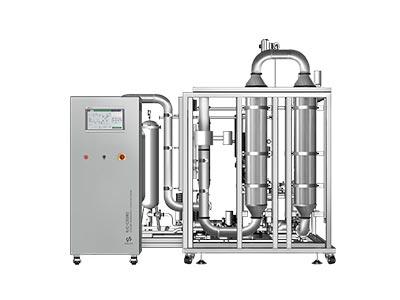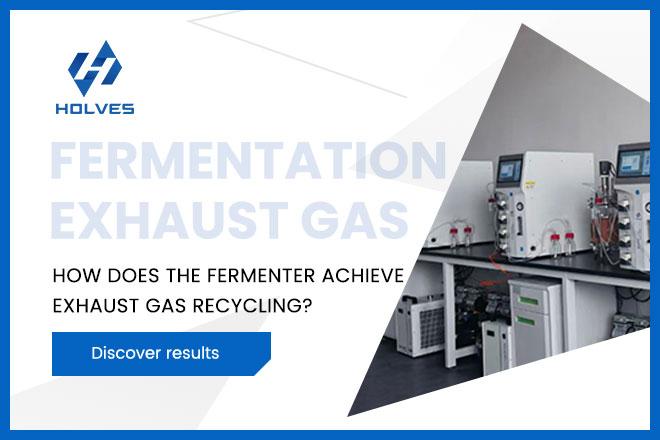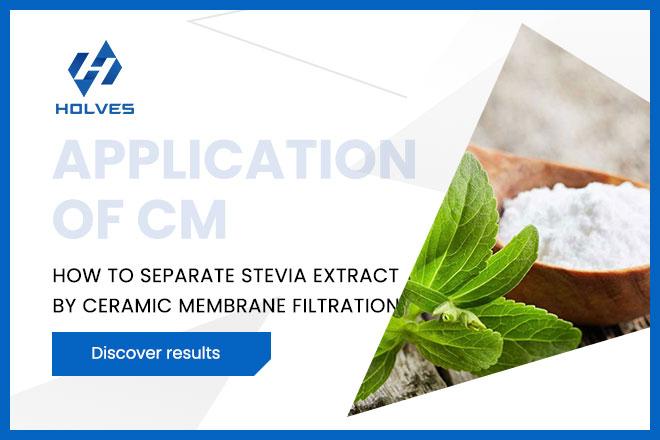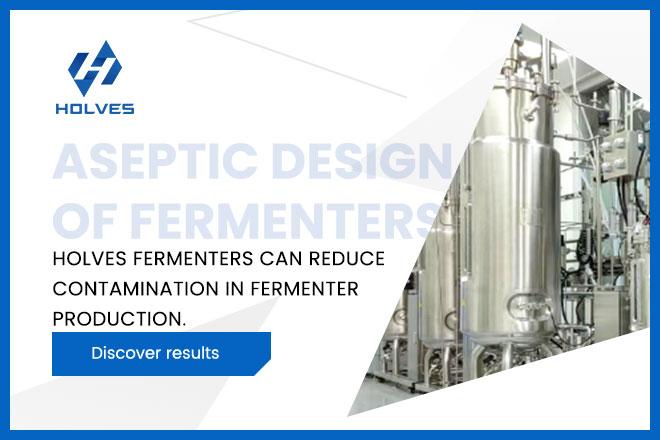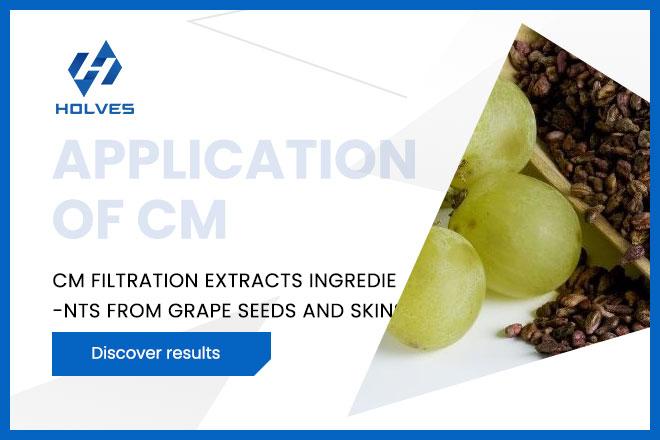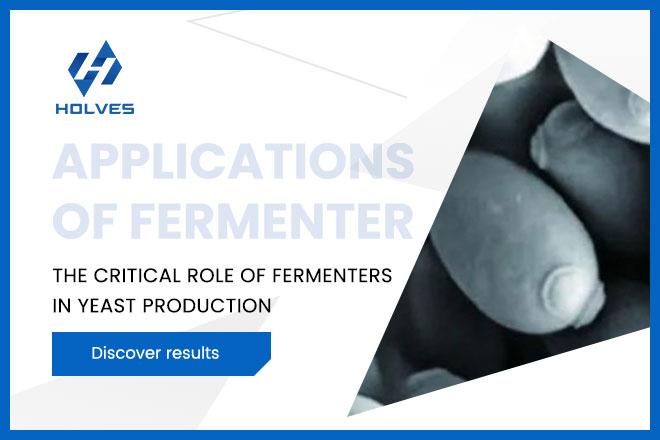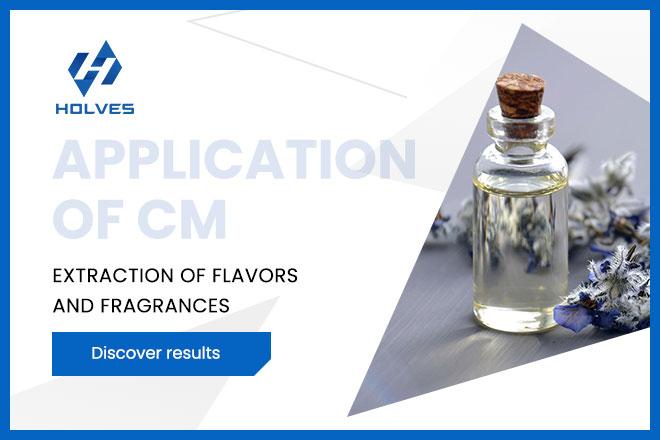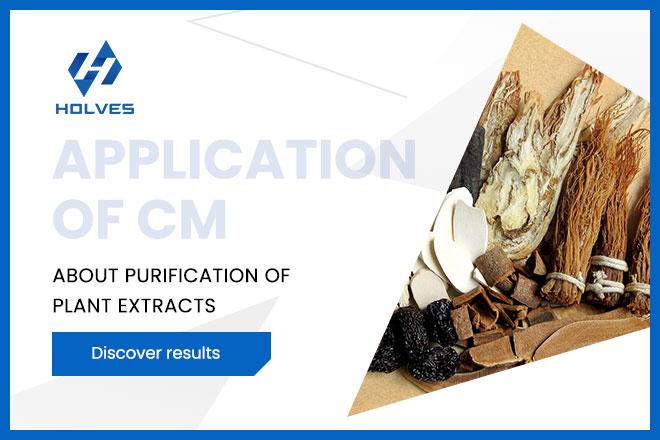Flavors and fragrances as “liquid gold”, its value can be several times to more than ten times that of gold, they are widely found in food, cosmetics, tobacco and even pharmaceutical products, deeply shaping the sensory experience of modern life. However, the content of these precious substances in natural raw materials is extremely small - for example, the yield of rose oil is only 0.1-0.2%, and the traditional extraction process is often faced with impurity residues, destruction of heat-sensitive components, energy consumption and other bottlenecks.
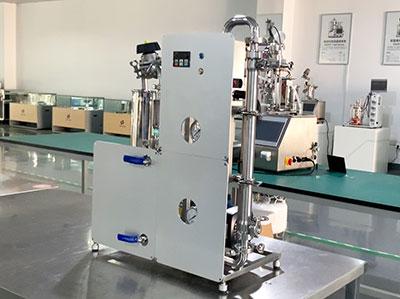
About Traditional Extraction Methods
Traditional flavor and fragrance extraction mainly relies on three types of processes:
water vapor distillation: although the equipment is simple, suitable for large-scale processing, but the high temperature is easy to make heat-sensitive aromatic substances decomposition, and high boiling point components are difficult to evaporate, resulting in a significant reduction in the rate of oil rose and other delicate flowers;
solvent extraction: although it can enhance the yield, but the need to use organic solvents (eg, ethanol), and subsequent concentration of solvent residues are difficult to completely remove, affecting the purity of aroma Solvent extraction: although it can improve the yield, it requires the use of organic solvents (e.g. ethanol), and it is difficult to completely remove the solvent residues during the subsequent concentration process, which affects the purity of the aroma and brings pressure on environmental protection2;
Chemical treatment methods: such as sodium bisulfite to separate aldehydes or phenol sodium salt method to extract eugenol, which is a cumbersome process and involves a chemical reaction, and it may change the original composition of the natural fragrance.
These methods generally have problems such as long production cycle, large loss of components, and fluctuation of product purity, which restricts the high-value development of natural flavors.
water vapor distillation: although the equipment is simple, suitable for large-scale processing, but the high temperature is easy to make heat-sensitive aromatic substances decomposition, and high boiling point components are difficult to evaporate, resulting in a significant reduction in the rate of oil rose and other delicate flowers;
solvent extraction: although it can enhance the yield, but the need to use organic solvents (eg, ethanol), and subsequent concentration of solvent residues are difficult to completely remove, affecting the purity of aroma Solvent extraction: although it can improve the yield, it requires the use of organic solvents (e.g. ethanol), and it is difficult to completely remove the solvent residues during the subsequent concentration process, which affects the purity of the aroma and brings pressure on environmental protection2;
Chemical treatment methods: such as sodium bisulfite to separate aldehydes or phenol sodium salt method to extract eugenol, which is a cumbersome process and involves a chemical reaction, and it may change the original composition of the natural fragrance.
These methods generally have problems such as long production cycle, large loss of components, and fluctuation of product purity, which restricts the high-value development of natural flavors.
Ceramic Membrane Filtration Technology
Ceramic membrane filtration is a physical separation technology based on a pore size screening mechanism. Its core is a porous membrane made of alumina, zirconia and other materials, with a surface densely covered with nanoscale pores (e.g., 20nm-800nm). When the flavor extract flows through the membrane surface under pressure-driven small molecules of the target flavor can penetrate the membrane pores, while large impurities (proteins, tannins, colloids, etc.) are selectively retained.
This separation takes place at normal or even low temperatures without the need for heat or the addition of chemical reagents, perfectly avoiding the risk of decomposition of heat-sensitive components.
Compared with the traditional process, ceramic membrane filtration has multiple irreplaceable advantages:
Quality Improvement: Physical sieving avoids chemical reaction and retains the complete spectrum of aroma; low-temperature operation guards volatile aromatic molecules;
Cost Reduction and Efficiency Enhancement: No need for filter flux, reducing solvent consumption by more than 30%; automated control reduces labor costs;
Green and Sustainable: Water and alcohol solvents can be recycled; no toxic waste emission.
This separation takes place at normal or even low temperatures without the need for heat or the addition of chemical reagents, perfectly avoiding the risk of decomposition of heat-sensitive components.
Compared with the traditional process, ceramic membrane filtration has multiple irreplaceable advantages:
Quality Improvement: Physical sieving avoids chemical reaction and retains the complete spectrum of aroma; low-temperature operation guards volatile aromatic molecules;
Cost Reduction and Efficiency Enhancement: No need for filter flux, reducing solvent consumption by more than 30%; automated control reduces labor costs;
Green and Sustainable: Water and alcohol solvents can be recycled; no toxic waste emission.
